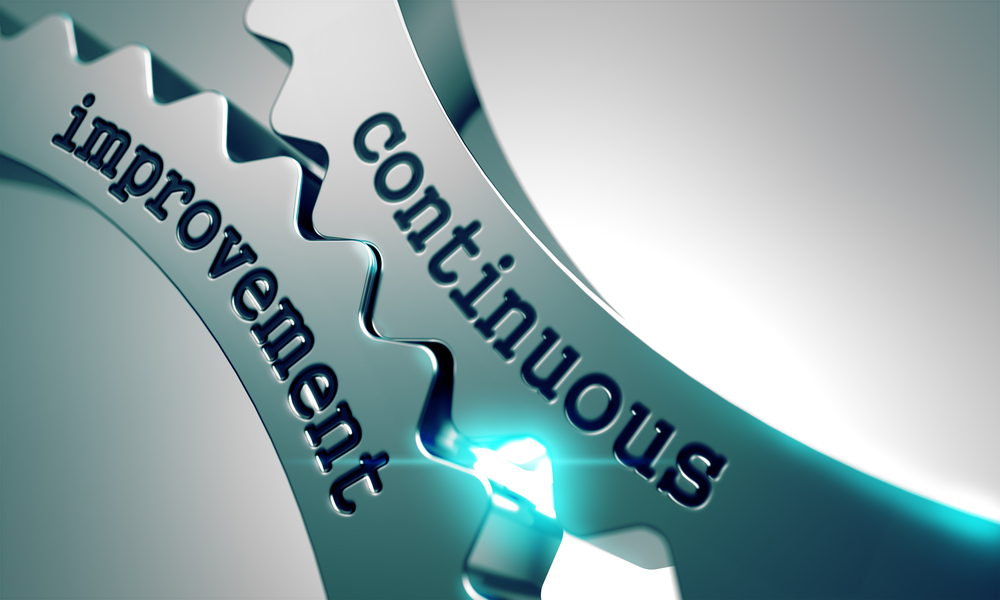The Definition of Insanity and ERP
“The last company I worked for we put together this awesome RFP. I think we should use that as a basis for our RFP and comparison for our ERP...
2 min read
KPC_Admin : June 20, 2023

In the realm of business operations, ERP (Enterprise Resource Planning) systems hold significant importance. However, there is a common saying that "the definition of insanity is doing the same thing over and over again and expecting different results."In this blog, we explore the connection between this quote and ERP systems, shedding light on the importance of adapting and evolving ERP strategies to avoid falling into a repetitive and ineffective cycle.
By understanding the relationship between the "definition of insanity" and ERP systems, organizations can break free from stagnant approaches and harness the true power of these systems. Embracing continuous improvement, change, effective communication, and ongoing training will enable organizations to evolve their ERP strategies, maximize efficiency, and achieve sustainable growth. Remember, the key to ERP success lies in being proactive, adaptive, and committed to innovation.
Ready to maximize your ERP system's potential? Embrace innovation and break free from the repetitive cycle. Discover actionable strategies for success by contacting Knowledge Path. Start optimizing your business today!

“The last company I worked for we put together this awesome RFP. I think we should use that as a basis for our RFP and comparison for our ERP...
.png)
Selecting the appropriate ERP system, whether cloud-based or on-premise, is crucial for achieving operational efficiency and ensuring long-term...
.png)
Startups need to leverage every tool at their disposal to optimize operations and boost productivity. One such tool is an Enterprise Resource...